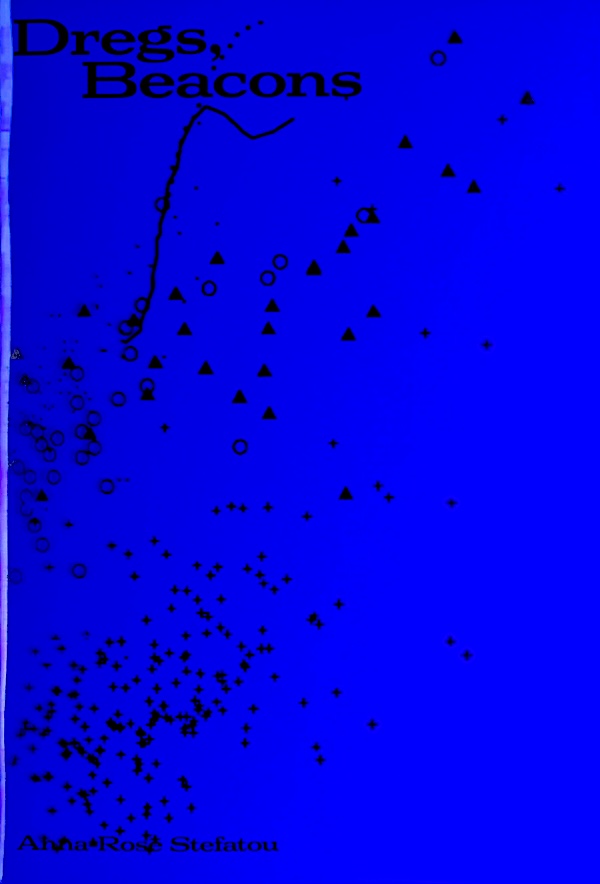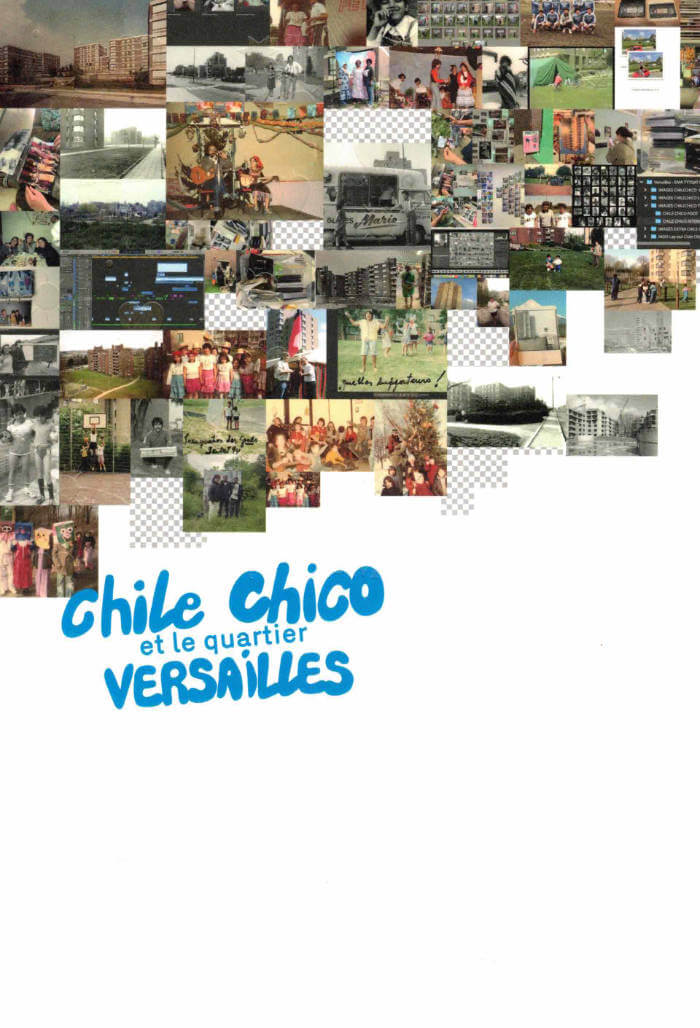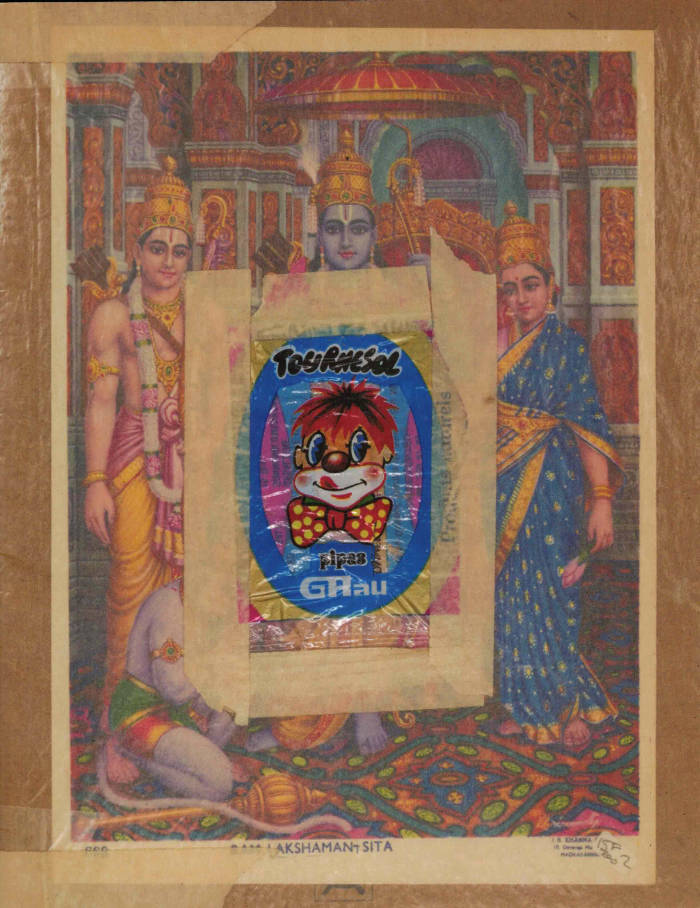
plot twist ii
plot twist ii is a collection of 11 essays and short stories from the hosts of plot twist’s 2019 - 2020 programme of reading groups and workshops. It includes meditations on privacy, work, and failure; a sci-fi tale in four acts; a story on dizziness and giddiness; two essays on the cultural politics of disgust; and a musing on the peculiar ways language and words stay with us, lodged for a lifetime in our memories. also included are the full reading lists from the year’s programme, and a limited edition riso printed poster (A3) by Lucie de Bréchard (@journal2bor). plot twist is a literary collective, reading group, and experiment in self-organised learning, founded in 2018 by Jo Kali and Georgie Sinclair. plot twist ii is their second publishing project.
Contributions from Andreea Breazu, Angelica Sgouros, Elisa Grasso, Georgie Sinclair, Jo Kali, Juliette Lizotte, Loren Ewart, Lucia Dove, Naomi Credé, Rosie Haward and Sarah Eskens. Designed by Juliette Lizotte and Lucie de Bréchard.
Language: English







